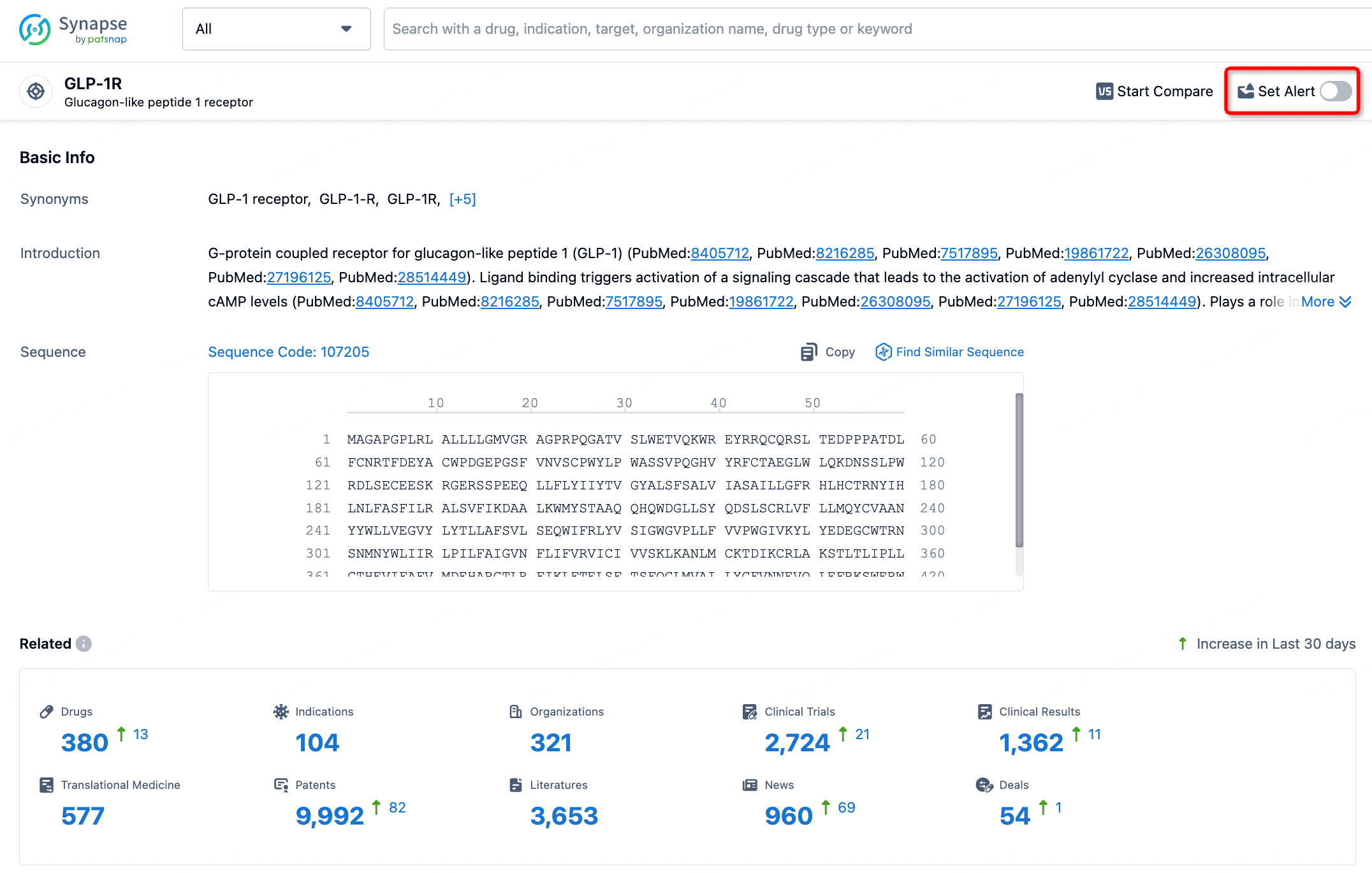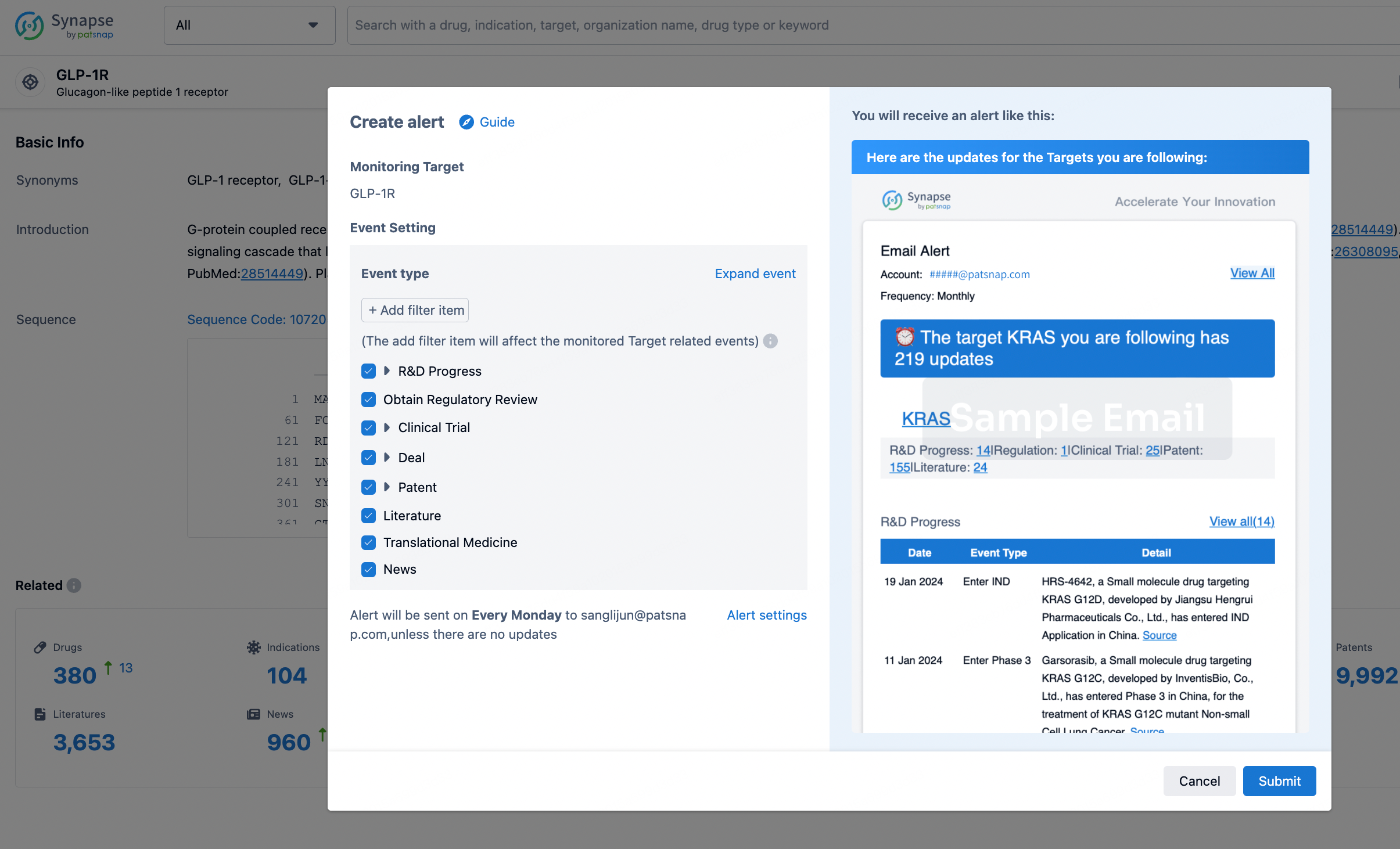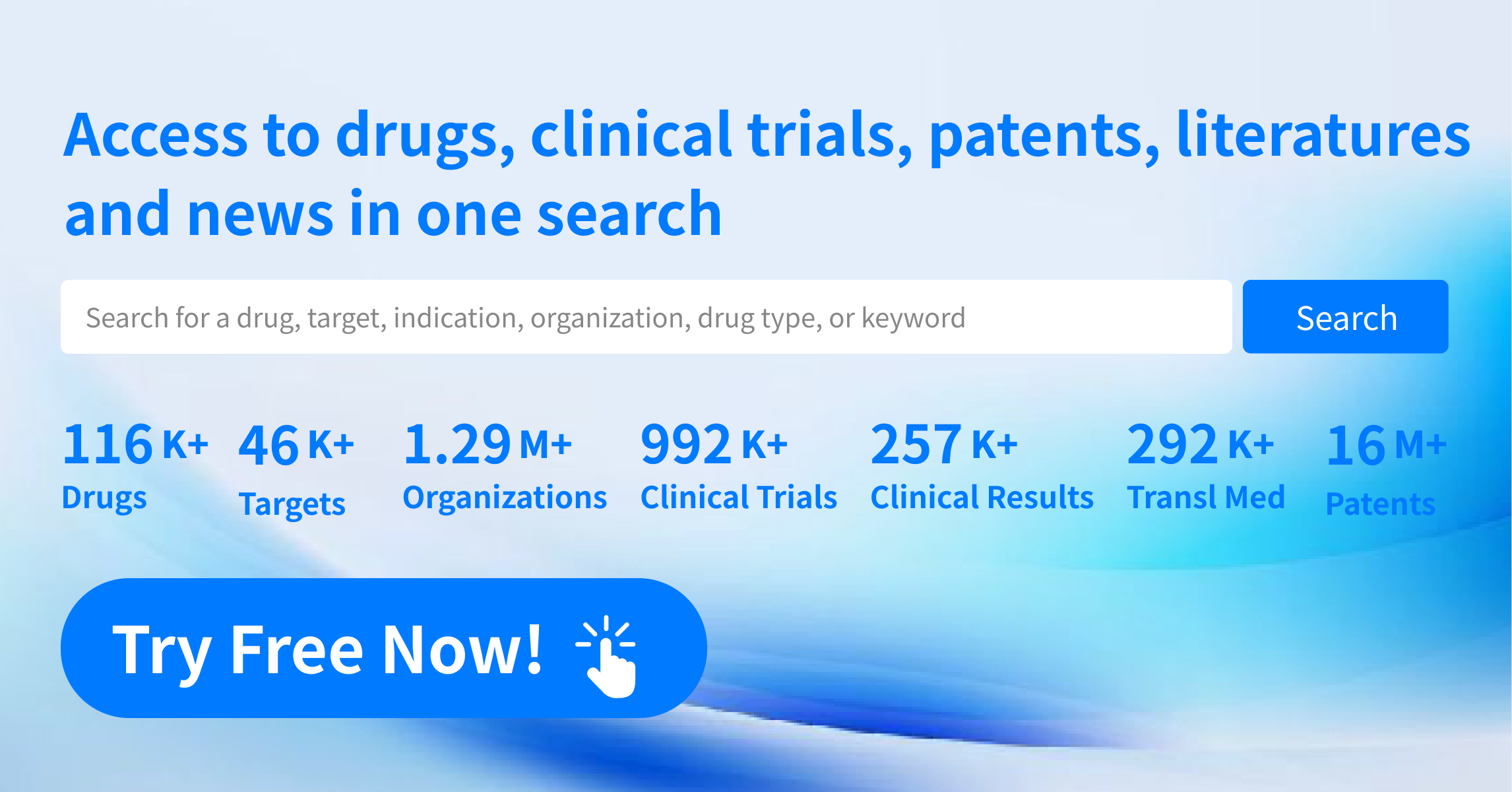Request Demo
What are PGF2α antagonists and how do they work?
25 June 2024
Prostaglandin F2 alpha (PGF2α) antagonists are a fascinating class of compounds that have garnered significant interest in the medical and pharmaceutical fields. These antagonists specifically target PGF2α, a type of prostaglandin involved in various physiological processes such as inflammation, reproduction, and smooth muscle contraction. Understanding how PGF2α antagonists work and their potential applications can provide valuable insights into managing several medical conditions more effectively.
At a molecular level, PGF2α is a member of the prostaglandin family, which are lipid compounds derived from fatty acids. These molecules play crucial roles in the body's homeostasis and are involved in processes like inflammation, pain signaling, and regulation of the female reproductive cycle. PGF2α specifically binds to its receptor, known as the prostaglandin F receptor (FP receptor), to exert its biological effects. PGF2α antagonists work by blocking this interaction, preventing PGF2α from binding to its receptor, thereby inhibiting its action.
By interfering with the PGF2α-FP receptor interaction, these antagonists can modulate various physiological processes. For example, in the context of the female reproductive system, PGF2α is known to induce uterine contractions and is involved in the regulation of the menstrual cycle and labor. By blocking PGF2α, antagonists can help manage conditions characterized by excessive uterine contractions, such as dysmenorrhea (painful menstrual cramps) and preterm labor.
Moreover, PGF2α is also implicated in inflammatory responses. It can promote the release of pro-inflammatory cytokines and contribute to pain and swelling. By inhibiting the action of PGF2α, antagonists can potentially reduce inflammation and alleviate associated symptoms, making them promising candidates for the treatment of inflammatory diseases.
The potential applications of PGF2α antagonists are diverse and span across several medical fields. In gynecology, these antagonists have shown promise in managing conditions like dysmenorrhea and preterm labor. Dysmenorrhea is characterized by severe and frequent menstrual cramps and is a common complaint among women of reproductive age. Current treatment options include nonsteroidal anti-inflammatory drugs (NSAIDs) and hormonal therapies, but these have limitations and potential side effects. PGF2α antagonists offer a targeted approach by specifically inhibiting the molecule responsible for uterine contractions, providing an alternative treatment option with potentially fewer side effects.
Preterm labor, defined as labor that begins before 37 weeks of gestation, is a significant cause of neonatal morbidity and mortality. Managing preterm labor effectively is crucial to improving outcomes for both the mother and the baby. By inhibiting PGF2α-induced uterine contractions, PGF2α antagonists could offer a new therapeutic avenue for preventing or delaying preterm labor, potentially reducing the risks associated with premature birth.
Beyond reproductive health, PGF2α antagonists hold promise in the field of ophthalmology. PGF2α is involved in the regulation of intraocular pressure, and elevated intraocular pressure is a major risk factor for glaucoma, a leading cause of blindness. Current treatments for glaucoma focus on reducing intraocular pressure through various mechanisms, including increasing the outflow of aqueous humor or reducing its production. PGF2α antagonists could offer a novel approach by directly targeting the pathways involved in intraocular pressure regulation, providing an additional tool for managing glaucoma.
Furthermore, the anti-inflammatory properties of PGF2α antagonists make them potential candidates for treating inflammatory diseases such as arthritis. In conditions like rheumatoid arthritis, inflammation plays a central role in disease progression and symptom manifestation. By inhibiting PGF2α, these antagonists could help modulate the inflammatory response, reduce pain, and improve quality of life for patients with inflammatory conditions.
In conclusion, PGF2α antagonists represent a promising area of research with potential applications in various medical fields. By specifically targeting the actions of PGF2α, these compounds offer a targeted approach to managing conditions like dysmenorrhea, preterm labor, glaucoma, and inflammatory diseases. As research continues to advance, PGF2α antagonists may become valuable tools in the therapeutic arsenal, providing more effective and specific treatments with potentially fewer side effects.
At a molecular level, PGF2α is a member of the prostaglandin family, which are lipid compounds derived from fatty acids. These molecules play crucial roles in the body's homeostasis and are involved in processes like inflammation, pain signaling, and regulation of the female reproductive cycle. PGF2α specifically binds to its receptor, known as the prostaglandin F receptor (FP receptor), to exert its biological effects. PGF2α antagonists work by blocking this interaction, preventing PGF2α from binding to its receptor, thereby inhibiting its action.
By interfering with the PGF2α-FP receptor interaction, these antagonists can modulate various physiological processes. For example, in the context of the female reproductive system, PGF2α is known to induce uterine contractions and is involved in the regulation of the menstrual cycle and labor. By blocking PGF2α, antagonists can help manage conditions characterized by excessive uterine contractions, such as dysmenorrhea (painful menstrual cramps) and preterm labor.
Moreover, PGF2α is also implicated in inflammatory responses. It can promote the release of pro-inflammatory cytokines and contribute to pain and swelling. By inhibiting the action of PGF2α, antagonists can potentially reduce inflammation and alleviate associated symptoms, making them promising candidates for the treatment of inflammatory diseases.
The potential applications of PGF2α antagonists are diverse and span across several medical fields. In gynecology, these antagonists have shown promise in managing conditions like dysmenorrhea and preterm labor. Dysmenorrhea is characterized by severe and frequent menstrual cramps and is a common complaint among women of reproductive age. Current treatment options include nonsteroidal anti-inflammatory drugs (NSAIDs) and hormonal therapies, but these have limitations and potential side effects. PGF2α antagonists offer a targeted approach by specifically inhibiting the molecule responsible for uterine contractions, providing an alternative treatment option with potentially fewer side effects.
Preterm labor, defined as labor that begins before 37 weeks of gestation, is a significant cause of neonatal morbidity and mortality. Managing preterm labor effectively is crucial to improving outcomes for both the mother and the baby. By inhibiting PGF2α-induced uterine contractions, PGF2α antagonists could offer a new therapeutic avenue for preventing or delaying preterm labor, potentially reducing the risks associated with premature birth.
Beyond reproductive health, PGF2α antagonists hold promise in the field of ophthalmology. PGF2α is involved in the regulation of intraocular pressure, and elevated intraocular pressure is a major risk factor for glaucoma, a leading cause of blindness. Current treatments for glaucoma focus on reducing intraocular pressure through various mechanisms, including increasing the outflow of aqueous humor or reducing its production. PGF2α antagonists could offer a novel approach by directly targeting the pathways involved in intraocular pressure regulation, providing an additional tool for managing glaucoma.
Furthermore, the anti-inflammatory properties of PGF2α antagonists make them potential candidates for treating inflammatory diseases such as arthritis. In conditions like rheumatoid arthritis, inflammation plays a central role in disease progression and symptom manifestation. By inhibiting PGF2α, these antagonists could help modulate the inflammatory response, reduce pain, and improve quality of life for patients with inflammatory conditions.
In conclusion, PGF2α antagonists represent a promising area of research with potential applications in various medical fields. By specifically targeting the actions of PGF2α, these compounds offer a targeted approach to managing conditions like dysmenorrhea, preterm labor, glaucoma, and inflammatory diseases. As research continues to advance, PGF2α antagonists may become valuable tools in the therapeutic arsenal, providing more effective and specific treatments with potentially fewer side effects.
How to obtain the latest development progress of all targets?
In the Synapse database, you can stay updated on the latest research and development advances of all targets. This service is accessible anytime and anywhere, with updates available daily or weekly. Use the "Set Alert" function to stay informed. Click on the image below to embark on a brand new journey of drug discovery!
AI Agents Built for Biopharma Breakthroughs
Accelerate discovery. Empower decisions. Transform outcomes.
Get started for free today!
Accelerate Strategic R&D decision making with Synapse, PatSnap’s AI-powered Connected Innovation Intelligence Platform Built for Life Sciences Professionals.
Start your data trial now!
Synapse data is also accessible to external entities via APIs or data packages. Empower better decisions with the latest in pharmaceutical intelligence.


